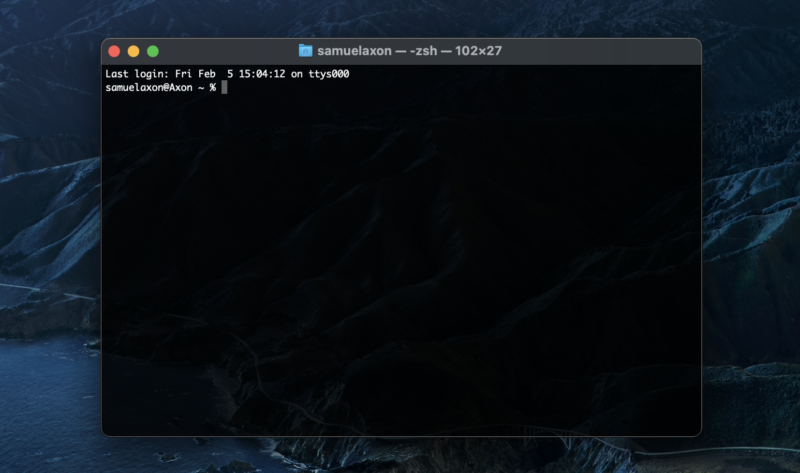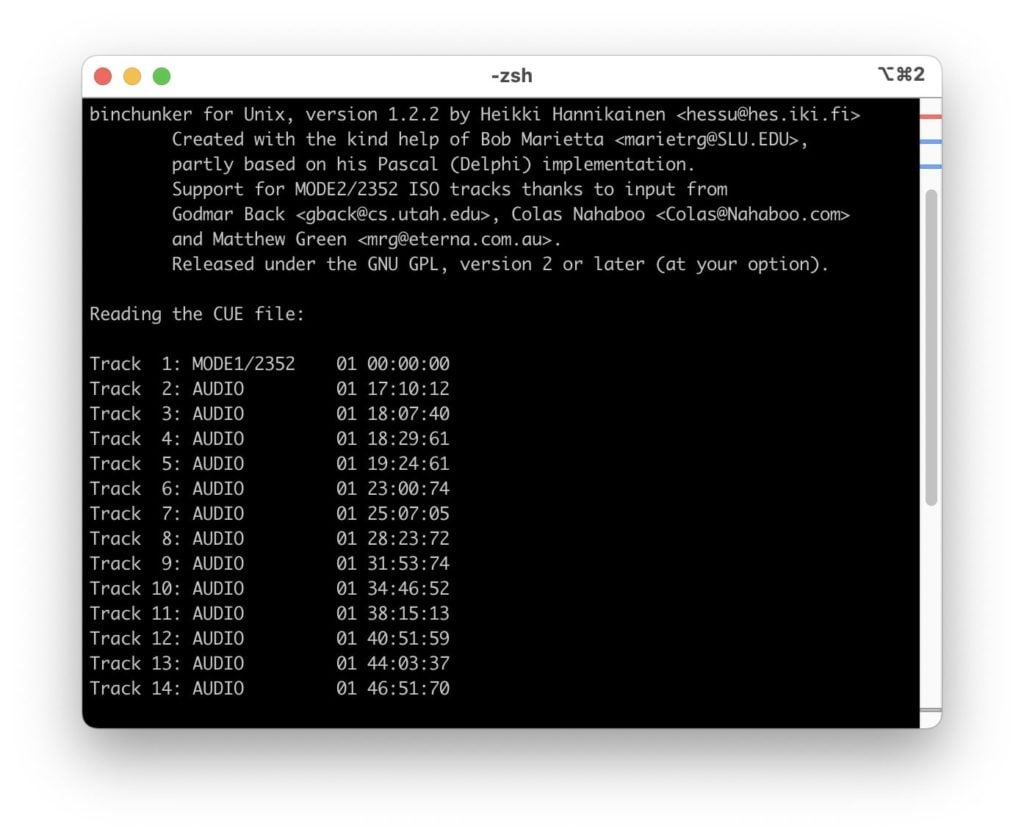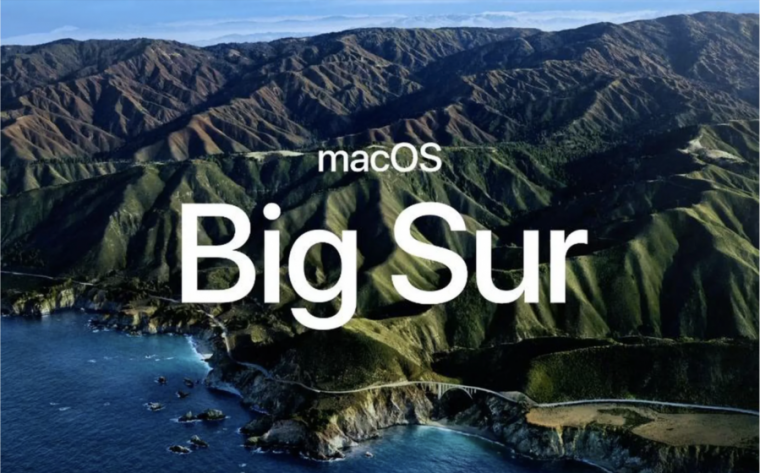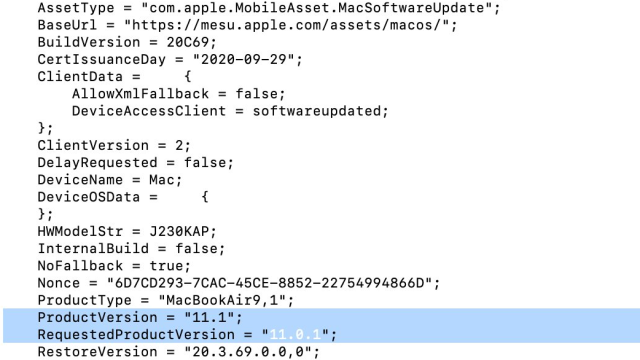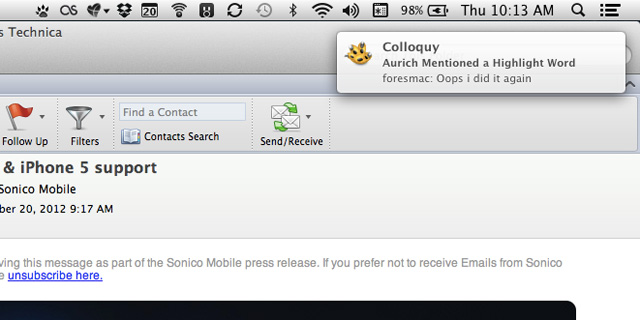La Pour vos Cartes VISA Classic et Premier
toujours gratuites
Des process simples, 100 % en ligne, sécurisés et toute la gamme de produits dont vous avez besoin au meilleur prix !
Puisqu’une question ne peut rester sans réponse :
Nos conseillers clients sont disponibles par email ou par téléphone du lundi au vendredi de 8h à 19h et le samedi de 8h45 à 16h30.
Retrouvez également toutes les réponses à vos questions directement en ligne 24h/24.
Des questions pour ouvrir votre compte, joignez nos conseillers commerciaux par tchat.
eprenez la main sur la gestion de vos finances. Retrouvez tous vos services en ligne 7j/7, 24h/24 et même à partir de votre mobile :
Ouverture de vos comptes simple, rapide et 100 % en ligne.
Augmentation instantanée des plafonds de votre Carte Bancaire. (Réservé aux clients de plus de 3 mois. Sous réserve d’éligibilité)
Personnalisation de vos notifications pour suivre en temps réel les opérations sur votre compte.





